
PRP Face Treatment
PRP FACE TREATMENT
Life Time
Procedure Duration
Results
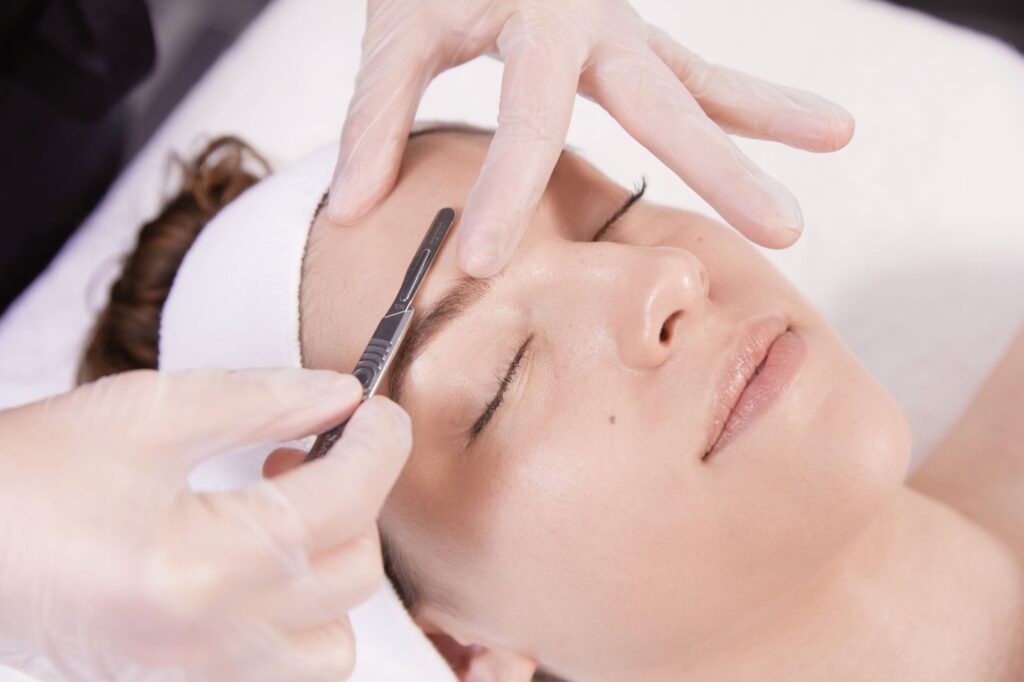
Revitalize Your Beauty: Unleash the Glow with PRP Face Treatment
A Platelet Rich Plasma (PRP) face treatment, often known as a Vampire facial, is a cutting-edge skin rejuvenation treatment. It is a treatment that stimulates new cell growth with your own blood platelets, thereby improving your complexion and skin texture.
PRP is a well-known injectable therapy used to boost tissue regeneration. PRP therapy is an amazing treatment that stimulates the synthesis of collagen and new skin cells by using a small amount of your own blood.
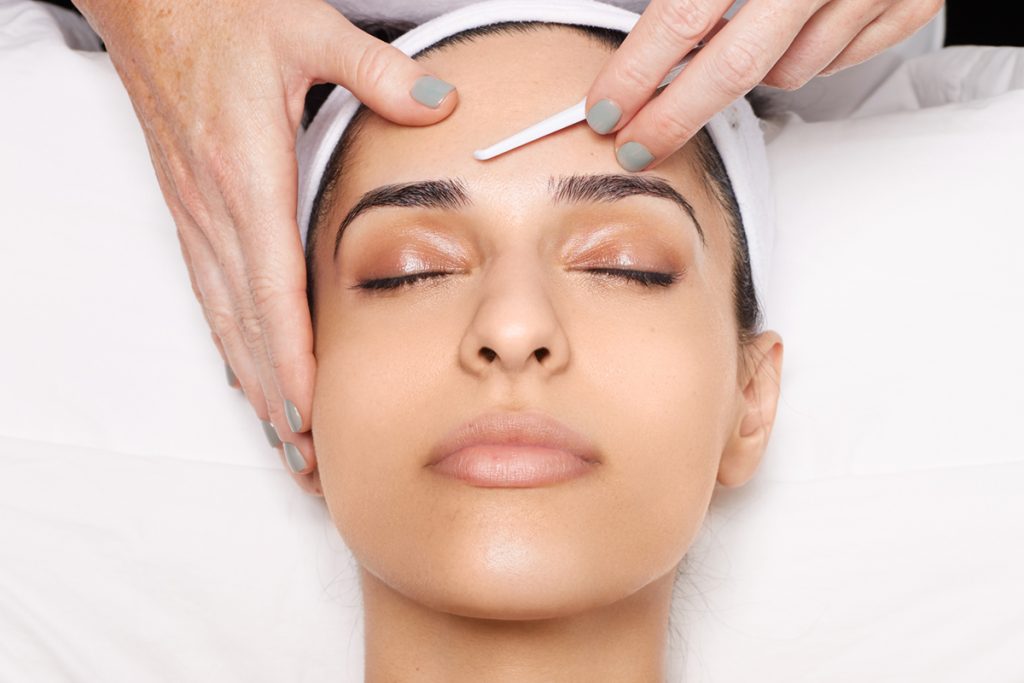

A Platelet Rich Plasma (PRP) face treatment, often known as a Vampire facial, is a cutting-edge skin rejuvenation treatment. It is a treatment that stimulates new cell growth with your own blood platelets, thereby improving your complexion and skin texture.
PRP is a well-known injectable therapy used to boost tissue regeneration. PRP therapy is an amazing treatment that stimulates the synthesis of collagen and new skin cells by using a small amount of your own blood.

The potential benefits of PRP have sparked great interest in its application for anti-aging and regenerative medicine. The healing qualities of PRP’s blood components can be employed as a cosmetic treatment for the following conditions:
- Getting rid of fine lines and wrinkles.
- Skin tightening and toning.
- Mild collagen breakdown and volume loss
- Crow’s feet and dark circles under the eyes
- Scarring from acne
- Rosacea
Before & After
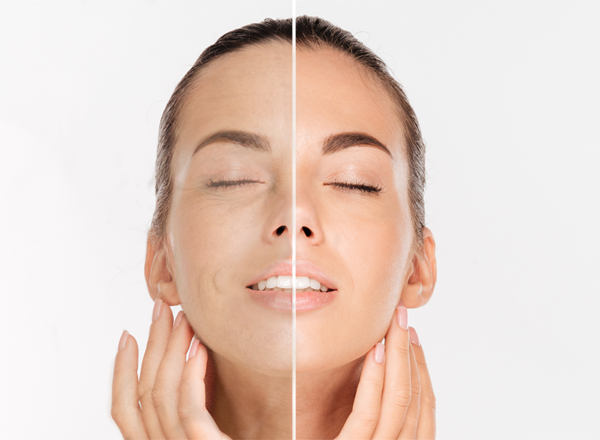
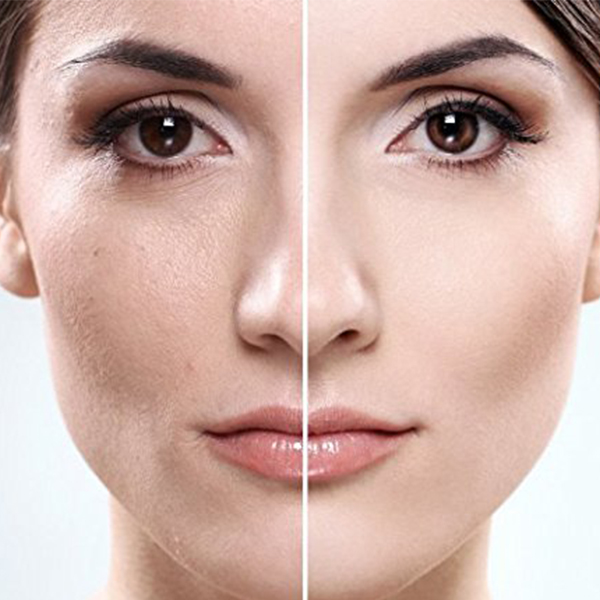
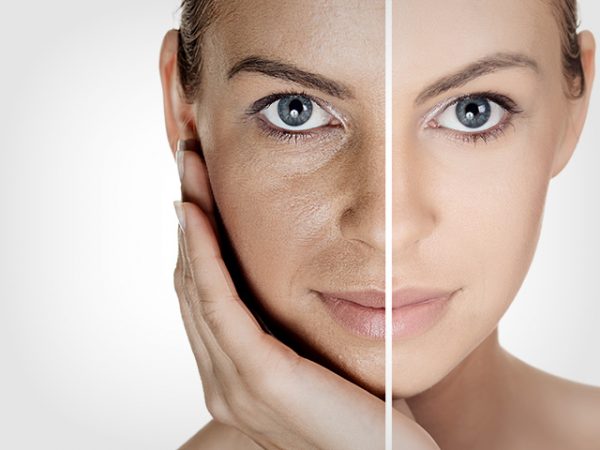
PRP Face Treatment
THE PROCEDURE
PRP Stimulates new cell growth, which improves skin tone and texture and appearance.
Aids in the early indications of ageing and improves skin complexion
PRP therapy is most typically used on the face, namely around the eyes, mouth, and nose, but it can also be used on the backs of the hands and all over the body, most commonly the décolletage, to produce a more young and radiant appearance.
We will take a blood sample, the typical sample size for a normal blood test.
The blood is then spun at high speed in a centrifuge for a few minutes.
Only the PRP (platelet rich plasma) is extracted from the sample using a sterile syringe.
The plasma and serum are removed and re-injected into the client’s skin, which has been washed and numbed using topical anaesthesia.
The entire technique consists of merely needle injections into the desired regions, takes almost no healing time, and keeps any side effects to a minimum.
PRP face therapy is a type of skincare treatment that has quickly taken over the beauty industry, becoming many people’s go-to procedure for a quick and long-lasting beauty boost.
Platelet Rich Plasma (PRP) is a natural resource that can be isolated from blood and used for topical cell regeneration. PRP facials utilise these naturally existing healing qualities to restore the face’s vitality and shine.
PRP face treatments are nutrient-rich, renewing treatments that utilise the body’s own natural resources and extraordinary healing power. PRP face treatments are wonderful for both subdermal tissue regeneration and surface issues such as crow’s feet, dark circles, sun damage, acne scars, and conspicuous pores because they use no artificial components.
The use of your own natural resources in PRP face treatment reduces the risk of side effects and allergic reactions.
Natural collagen production usually minimises or eliminates lines, folds, and wrinkles in a gentle way with little to no swelling, bruising, or lumping.
The procedure’s organic nature is great for individuals who want to avoid synthetic items and methods.
Because PRP therapy is non-gender specific, both men and women can benefit and have a natural, more youthful appearance.
PRP face treatment does not necessitate any surgical operations.
The skin’s look improves gradually and naturally after PRP treatment, with long-term results.
There may be some slight discomfort and a mild stinging sensation, however treatments are performed using a very small needle to minimise pain.
PRP face treatment has extremely few side effects because the body is unlikely to respond negatively to its own materials. At most, you should expect mild to moderate swelling, redness, or heat in the area of treatment, which are usual adverse effects of platelet activation.
Furthermore, because a large volume of fluid is supplied to the area, some bruising may occur and may take a few days to resolve.
All non-invasive treatments contain some risk, which is why at Forever face clinic we only perform treatments following a face-to-face consultation, during which we will examine you and go over the risks and benefits of the process.
Clients frequently feel the instant results of PRP therapy when it is performed, and the collagen will begin to expand and generate more and more healthy cells beneath the skin over the next few weeks. That is when the technique produces its best outcomes.
Repeat treatments may be required to maintain the desired benefits, depending on the area treated. Depending on the process, facial rejuvenation may necessitate 1-3 sessions per year.
Platelet rich plasma injections can be used instead of drugs or surgery. Those who choose a less invasive alternative to surgery or who are unable to undergo surgery or accept pain medication would be ideal candidates. It provides for a considerably faster recovery and is far less unpleasant than surgery.
PRP increases the growth of your own collagen, resulting in complete facial rejuvenation rather than individual area improvement. Hyaluronic acid fillers, on the other hand, function by using a solid material to fill wrinkles and skin creases in the face. These fillers are used to soften deeper wrinkles, such as those around the mouth, and to plump the lips. They typically last 6-18 months, with subsequent treatments required to fill the region again.
PRP face treatment is more effective for volumising faces, plumping out cheek indentations, smoothing eye hollows, improving skin tone, tightness, and texture, and filling in regions where hyaluronic acid fillers cannot reach or are not safe to use.
Before Treatment
Preparation prior to treatment is an important aspect of the procedure to guarantee that you get the best outcomes possible.
- Use the suggested skincare routine to prepare your skin.
- Waxing and laser treatments should be avoided for 48 hours before treatment.
- If you use any products containing vitamin A, glycolic acid (or any other resurfacing agent) as part of your skin care routine, you should discontinue use seven days before treatment.
- Anti-inflammatories (e.g., ibuprofen/aspirin) and alcohol should be avoided for 48 hours before treatment since they can increase the risk of bruising.
Aftercare
Prior of leaving the salon following your PRP treatment, you will be given full aftercare instructions.
Client response and number of sessions may differ. Toxins in tobacco smoke may reduce cellular reactivity to PRP, therefore smokers may require more treatment sessions than nonsmokers.


